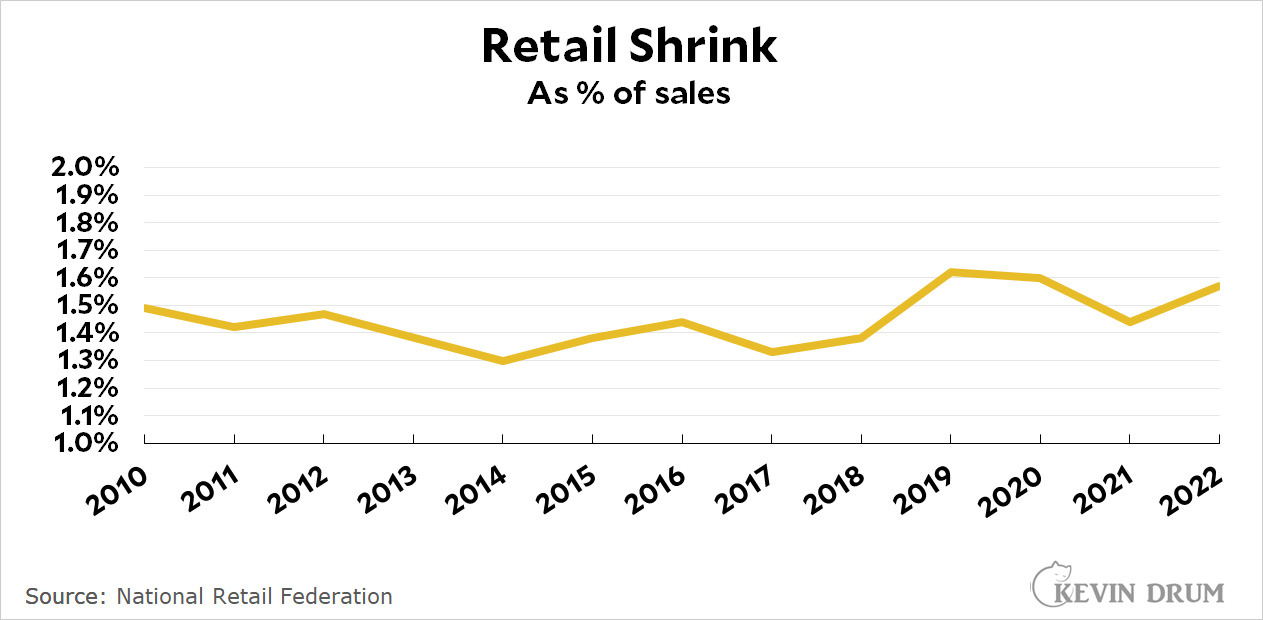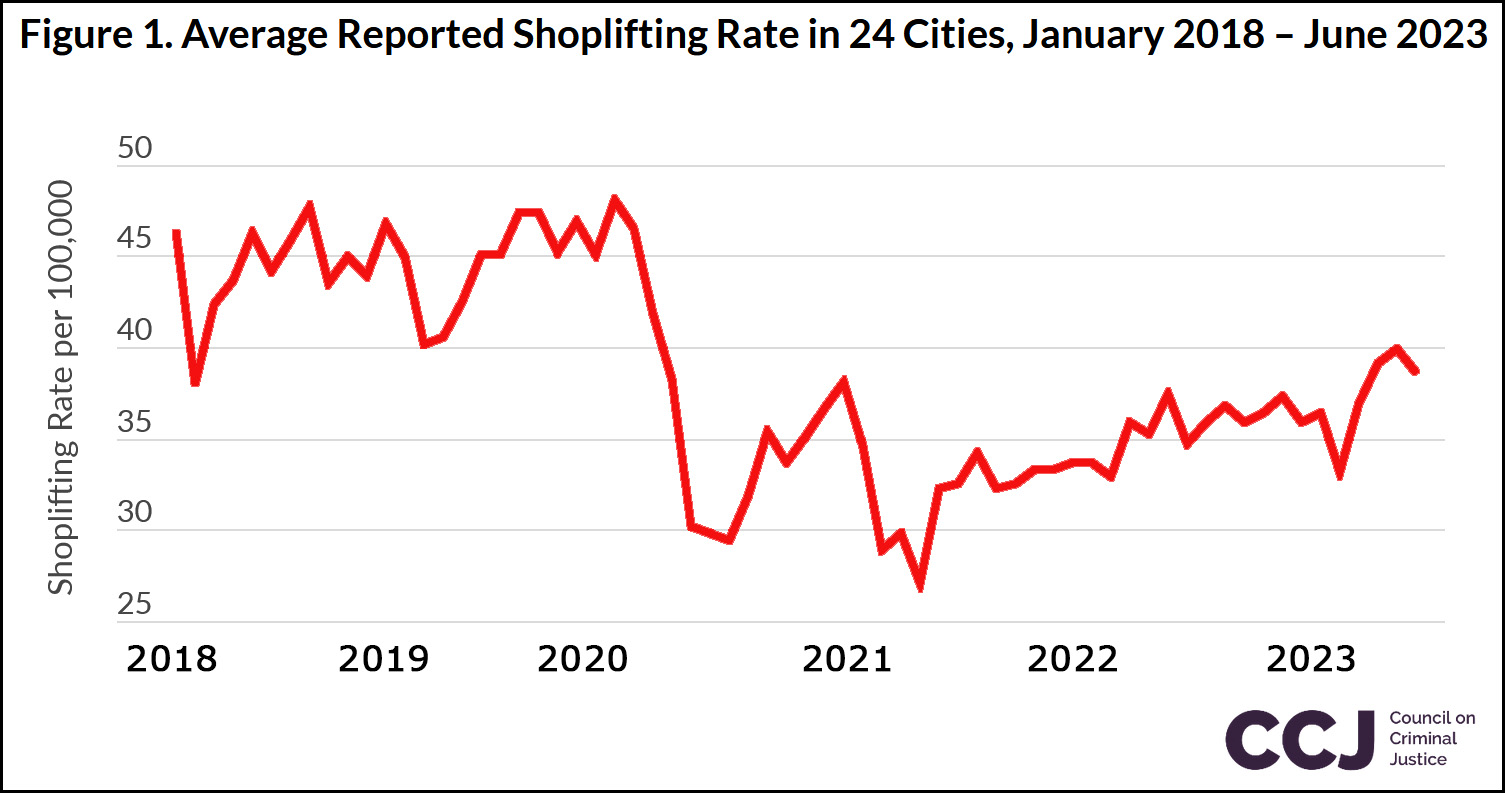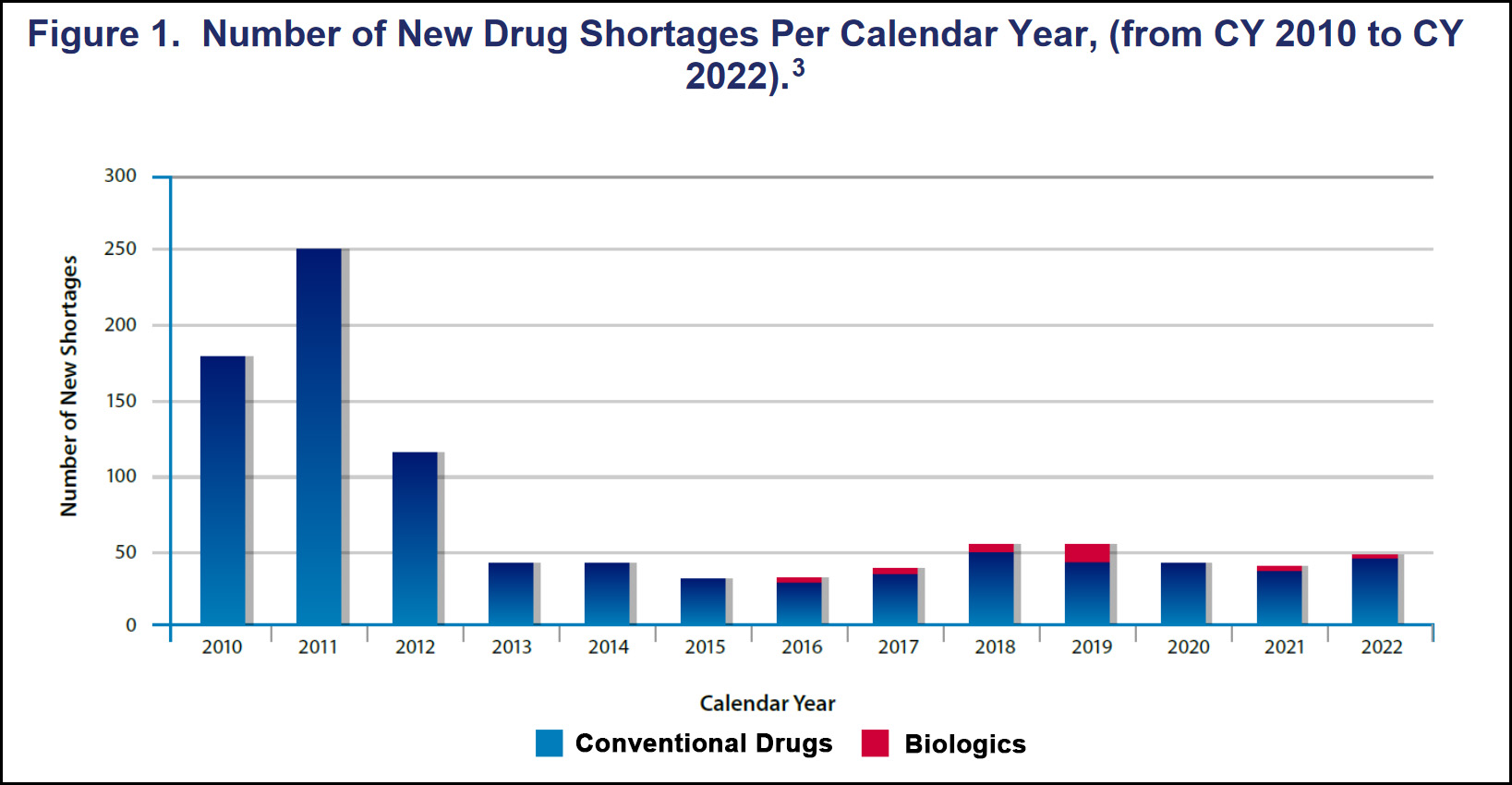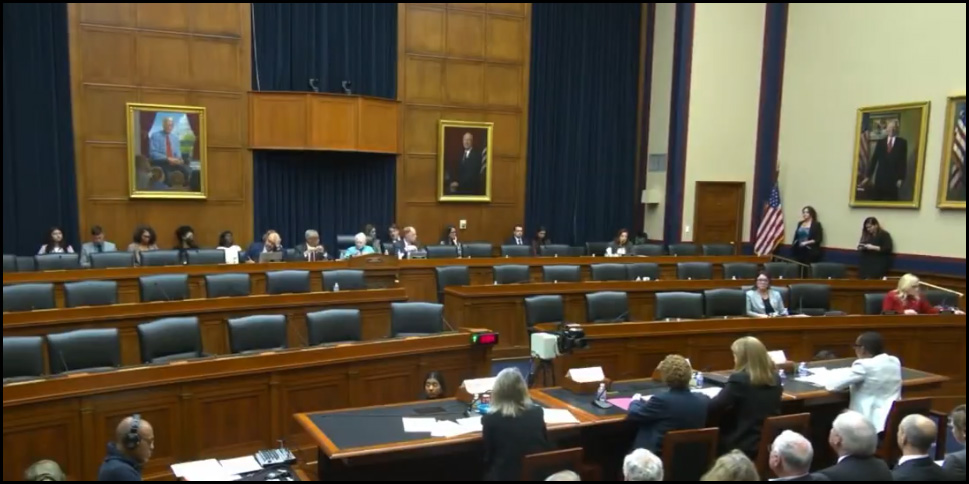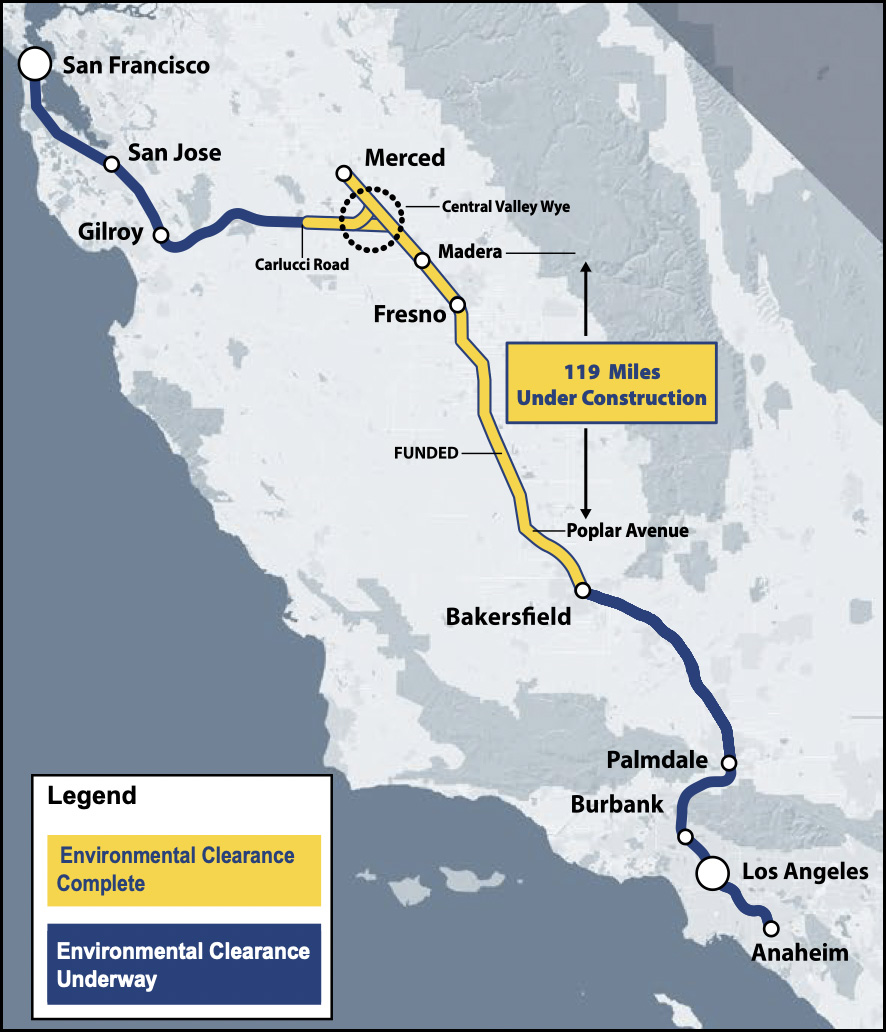The main lobbying group for U.S. retailers retracted its claim that "organized retail crime" accounted for nearly half of all inventory losses in 2021 after finding that incorrect data was used for its analysis.
....The NRF's claim that organized retail crime accounted for "nearly half" of inventory losses was repeated in multiple media reports on the issue. The NRF has cited growing rates of crime in calls for Congress to pass new laws, including proposed legislation that would broaden the scope of offenses considered “organized” crime and increase potential penalties.
This was always laughably ridiculous. The NRF's own reports have consistently reported that all shoplifting is responsible for only about a third of inventory shrink. Organized gangs are responsible for a fraction of that. At a guess, they account for 2-3% of inventory shrink, a number that hasn't changed much over the past decade.
America is prone to periodic media-driven panics. Preschool satanic rituals. Frivolous lawsuits. Video games. Social media. CRT. Whenever one of them takes off, there's suddenly an explosion of evidence for it—and it's the same for shoplifting gangs. News networks play the same few video clips over and over. CEOs use it as a handy excuse for weak earnings reports. Experts are trotted out to "explain" what's happening. We're constantly reminded that most shoplifting isn't reported, as if that hasn't always been the case. And lobbying groups like the NRF cite transparently idiotic "facts" about the skyrocketing scope of the problem.
Eventually time passes and we all realize we overreacted. But while the panic is in high gear we're utterly convinced by the manufactured evidence tossed in our faces.
Shoplifting is a problem. Does anyone deny it? But it's been a problem for a long time and isn't much different today than it was a decade ago.

